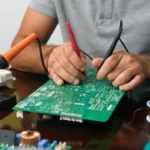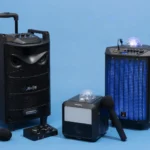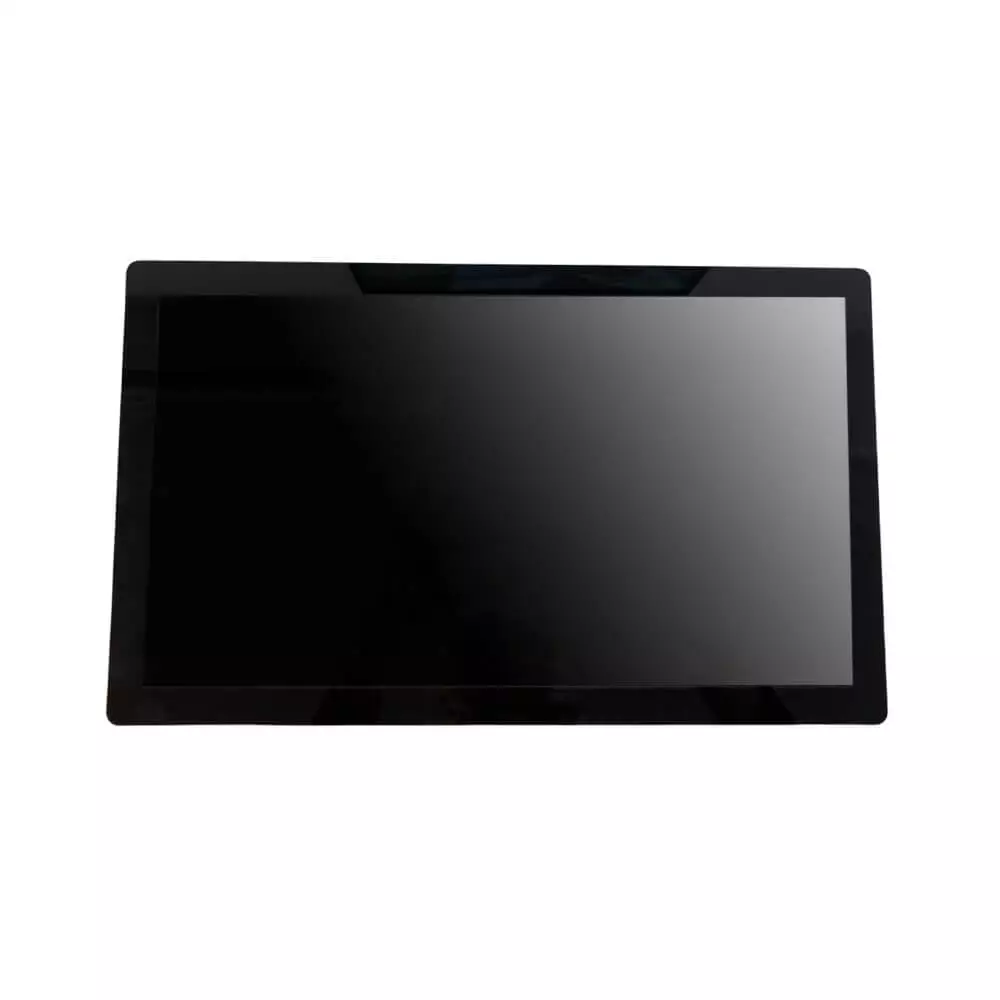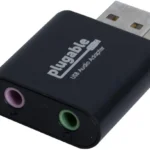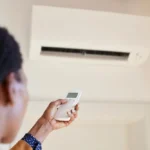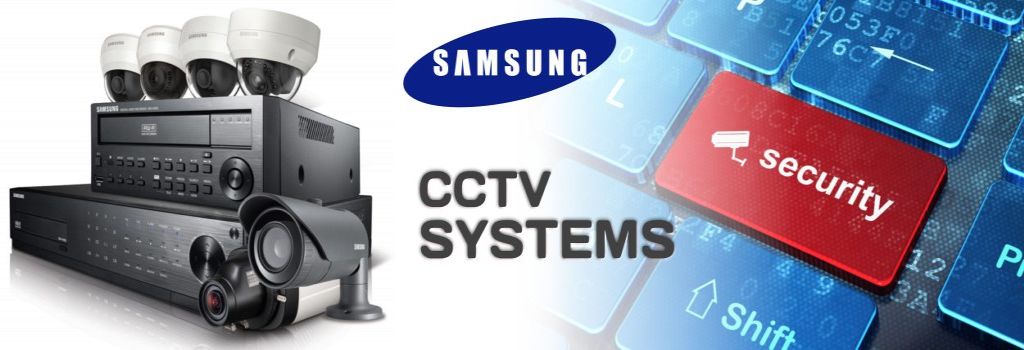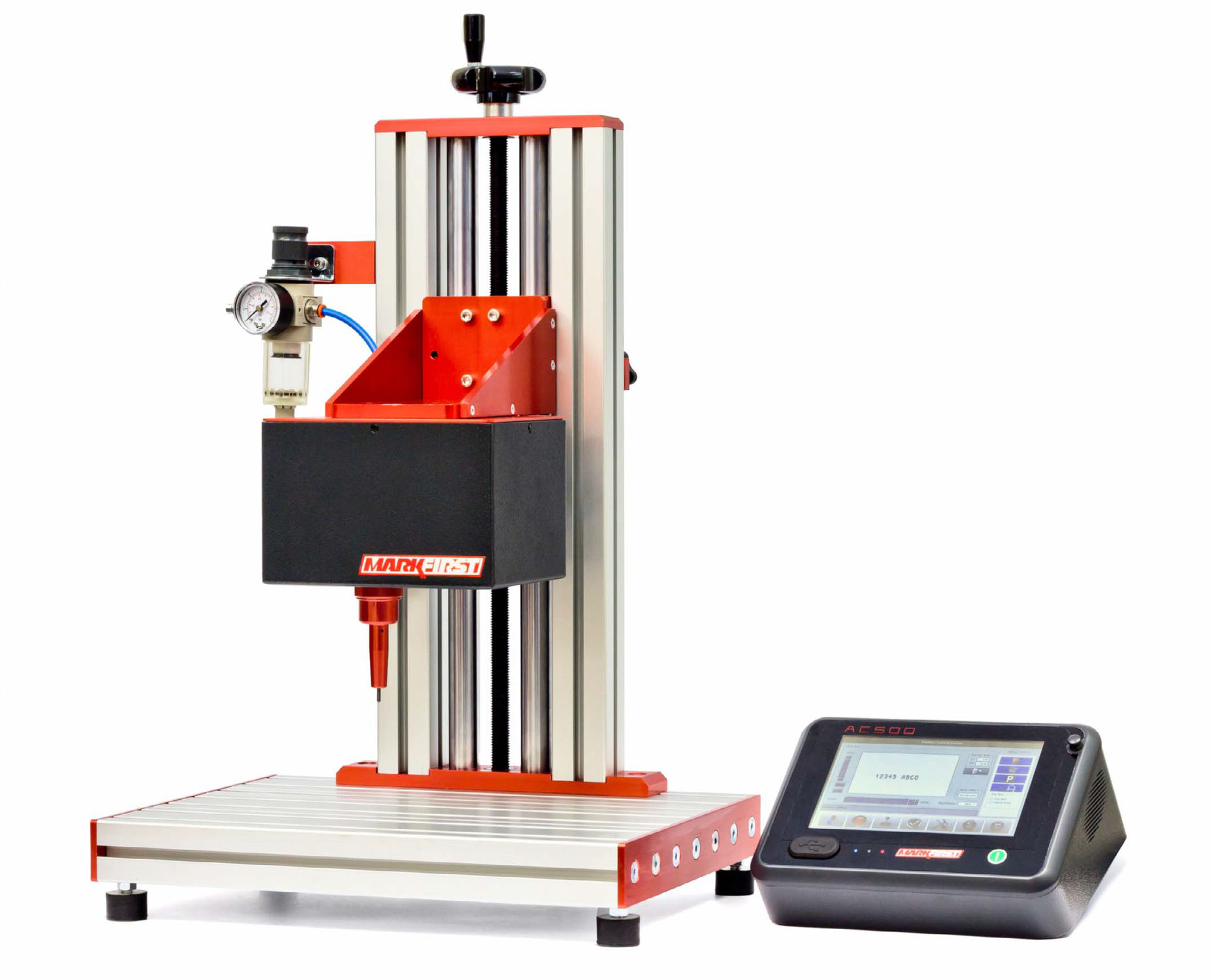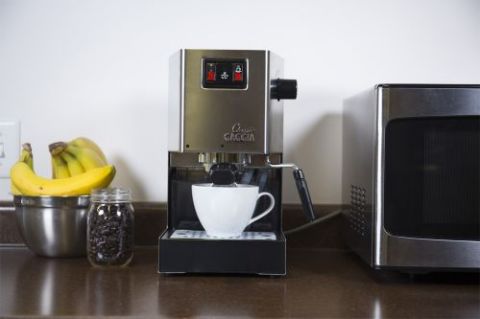Do you need a more flexible, efficient way to manage calls while staying mobile in the office? The Electronic Hook Switch (EHS) allows wireless headset users to answer, end, and control calls remotely, ensuring that you never have to leave your desk phone or physically interact with it. This innovative technology is designed to improve office productivity, offering seamless communication without the usual limitations.
In this comprehensive guide, we’ll delve into the functionality of EHS technology, how it integrates with various phone systems, and how to get the best out of your wireless headset setup.
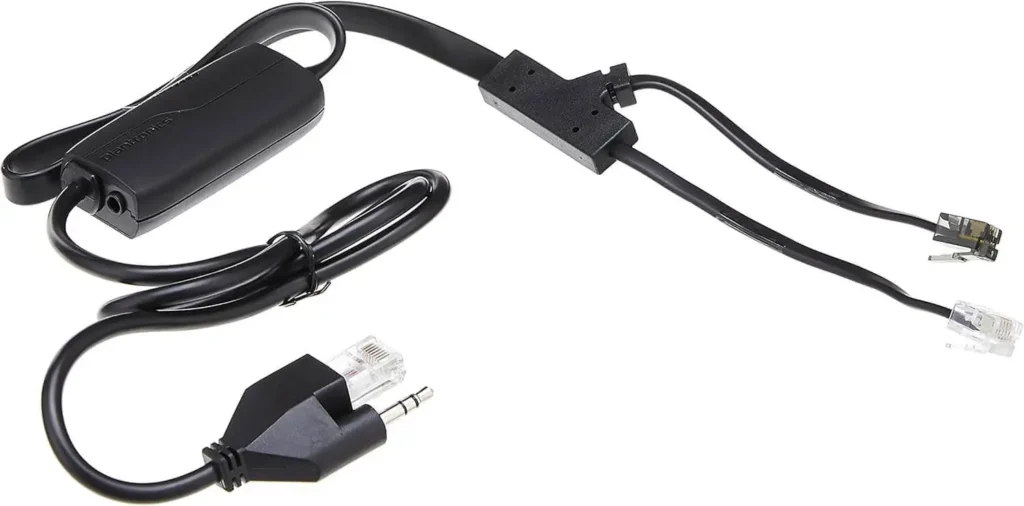
Content
Understanding the Electronic Hook Switch (EHS)
An Electronic Hook Switch (EHS) is an essential tool that connects wireless headsets to desk phones, enabling remote call control. This setup eliminates the need to manually lift the receiver or press the buttons on the phone to answer or end calls. Instead, you can manage all these tasks directly from the headset.
With an EHS adapter, you gain complete flexibility in your communication, allowing you to stay on top of your calls while moving freely within your workspace. The EHS system works by transferring electrical signals between the phone and the headset, replicating the physical action of picking up the handset or pressing the appropriate buttons on the phone.
This setup is invaluable in high-paced environments such as offices, customer service centers, or call centers, where communication is constant but the need for mobility is crucial.
How the EHS System Functions
The core benefit of EHS technology is its seamless integration between the desk phone and wireless headset. It provides users the ability to answer, hang up, and control call volume, all while away from the desk phone.
To enable this feature, an EHS adapter such as the Jabra LINK 14201-20, Yealink EHS, or Sangoma EHS30 is required. These devices create a bridge between the desk phone and wireless headset, ensuring they can communicate electronically. As a result, users can control calls without needing to interact directly with their phone.
The EHS adapter makes use of a remote electrical signal to replicate the action of physically lifting the receiver or pressing a button, offering users the ability to pick up, disconnect, and even mute or adjust the volume—all from the headset. This system is especially valuable in environments where professionals need to maintain mobility and work hands-free while communicating.
Popular EHS Adapters in the Market
Various EHS adapters are available to suit different phone systems and headset models. Below are some of the most effective solutions:
1. Jabra LINK 14201-20 EHS Adapter
The Jabra LINK 14201-20 adapter is an excellent choice for those using Jabra headsets in combination with Avaya phones. It offers full call control, including the ability to answer, end, and manage calls directly from the headset. It’s widely regarded for its robust functionality and ease of use.
2. Yealink EHS Adapter
Designed specifically for Yealink phones, the Yealink EHS adapter provides seamless call management for various compatible wireless headsets. It is especially beneficial for offices using Yealink products, offering a simple yet efficient solution for enhanced mobility during calls.
3. Sangoma EHS30 Adapter
The Sangoma EHS30 adapter connects Sangoma IP phones with compatible wireless headsets. It is designed for users who need a straightforward way to manage calls without being restricted to their desk. This adapter delivers reliable performance, ensuring that users can enjoy full call control throughout their workspace.
These adapters make it easy for businesses to integrate EHS functionality into their daily operations, improving communication efficiency and overall productivity.
Ensuring Compatibility with EHS
When choosing the right EHS system, compatibility between your desk phone and wireless headset is crucial. Not all devices are designed to work together, so it’s important to check for compatibility before making a purchase.
Phones Compatible with EHS
Leading desk phones that support EHS adapters include:
- Yealink Phones: The Yealink T46S and T48S are known for their integration with Yealink EHS adapters, allowing users to answer and manage calls remotely using Yealink headsets.
- Avaya Phones: When used with Jabra LINK 14201-20, Avaya phones work seamlessly with Jabra headsets, offering full call control without requiring manual intervention.
- Cisco Phones: Cisco also supports integration with various EHS adapters, enabling users to manage their calls with Plantronics or Sennheiser wireless headsets.
Headsets Compatible with EHS
Certain wireless headsets are specifically designed to work with EHS adapters. These include:
- Jabra PRO Series: Known for their robust integration with Jabra LINK 14201-20 and Avaya phones, these headsets provide superior call management and sound quality.
- Plantronics Wireless Headsets: These headsets offer extensive compatibility with EHS adapters from manufacturers like Yealink and Cisco, ensuring versatile, hands-free call management.
- Sennheiser Wireless Headsets: A popular choice in the professional world, Sennheiser headsets provide crystal-clear audio and are compatible with multiple EHS adapters, including those from Yealink and Cisco.
Ensuring compatibility between your desk phone and wireless headset will help you maximize the benefits of EHS technology.
How to Set Up an EHS System
Setting up an EHS system is relatively simple, but following the proper steps ensures a smooth experience.
Step 1: Choose the Correct EHS Adapter
Make sure to choose an EHS adapter that is compatible with both your desk phone and wireless headset. For example, the Jabra LINK 14201-20 works well with Avaya phones, while Yealink EHS adapters are designed for Yealink phone systems.
Step 2: Connect the Adapter
Once you’ve chosen the correct adapter, connect the EHS adapter to your desk phone and wireless headset. Depending on the model, you may need to plug it into specific ports or slots on the devices. Always refer to the product’s manual for detailed instructions on installation.
Step 3: Test the Setup
After installation, test the EHS functionality by answering and ending calls using your wireless headset. Ensure that call quality is clear and that the adapter controls the phone’s features correctly.
Step 4: Troubleshoot Any Issues
If you experience issues, such as no remote call control or poor audio quality, ensure the EHS adapter is securely connected. Double-check that both the headset and desk phone are fully compatible and that the headset is charged.
If problems persist, consult the troubleshooting section of your EHS adapter’s manual or contact customer support for further guidance.
Addressing Common EHS System Issues
Although EHS adapters are straightforward to set up, users may occasionally encounter issues. Some of the most common problems include:
1. Compatibility Problems
If the EHS adapter isn’t working as expected, ensure that both your desk phone and wireless headset are compatible with EHS functionality. Occasionally, firmware updates may be needed to resolve compatibility issues.
2. Poor Audio Quality
Inconsistent or poor audio quality can often be attributed to interference from other devices or improper headset placement. Ensure that the wireless headset is within the recommended range for optimal audio performance.
3. Call Control Malfunctions
If the remote call control isn’t functioning, try restarting both the desk phone and wireless headset. Resetting the EHS adapter may also resolve this issue.
Benefits of Using an EHS System in the Workplace
There are numerous reasons to adopt EHS technology in a professional setting:
- Enhanced Mobility: With EHS, you can walk around the office while still managing your calls efficiently.
- Improved Productivity: You won’t be tied down to your desk phone. Answer, end, and adjust calls with ease, all from the comfort of your headset.
- Better Ergonomics: A wireless headset helps reduce strain from reaching for the phone, providing comfort throughout the day.
- Cost-Effectiveness: By improving call handling and workflow, EHS adapters can reduce time spent at the desk and increase overall efficiency.
Conclusion
The Electronic Hook Switch (EHS) is a game-changing technology that allows professionals to enhance their communication efficiency while enjoying the flexibility of a wireless headset. Whether you’re using Jabra, Yealink, or Plantronics headsets, integrating EHS technology into your phone system allows you to maintain productivity and improve office ergonomics. By following the correct setup procedures and ensuring compatibility, you can make the most of this valuable tool and streamline your workplace communication.
For more product recommendations and assistance with selecting the best EHS adapter for your needs, feel free to consult product manuals or contact customer support for tailored guidance.
FAQs:
What is an Electronic Hook Switch (EHS) and how does it work?
An Electronic Hook Switch (EHS) is a technology that connects wireless headsets to desk phones, allowing users to manage calls (answer, end, volume control) remotely, without needing to interact with the phone physically. It uses an EHS adapter to transmit signals between the phone and headset.
How do I set up an Electronic Hook Switch system?
To set up an EHS system, choose a compatible EHS adapter for your desk phone and wireless headset, connect the devices, and test the setup to ensure functionality. Troubleshoot issues like call control malfunctions or poor audio quality by verifying compatibility and ensuring the headset is within range.

I’m Kelly Hood! I blog about tech, how to use it, and what you should know. I love spending time with my family and sharing stories of the day with them.

